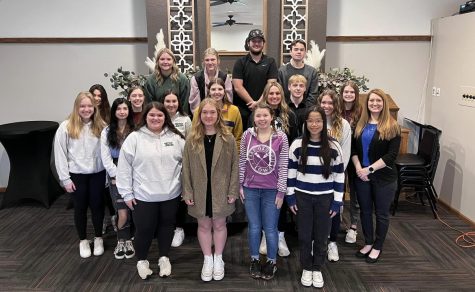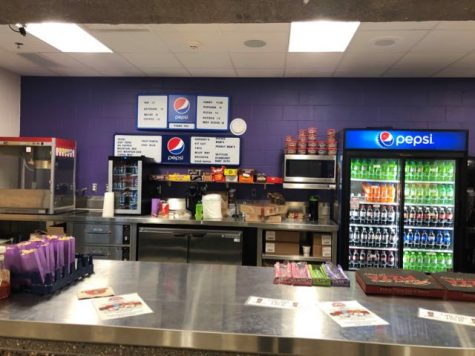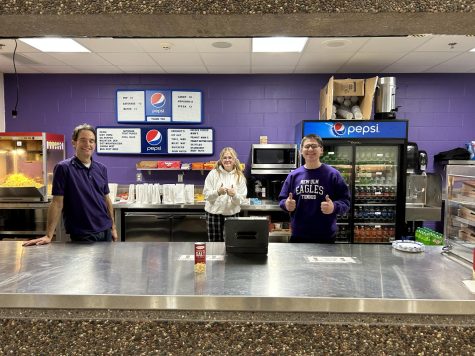The Scheduling Process at NUHS
All of us have been there. The schedule for the new school year comes out and the classes you picked are not on your schedule. Before you storm into the guidance office and demand a schedule change, keep in mind the difficulty of making a schedule for 600 students. The creation of the school schedule is a long, complicated process that involves more factors than you know.
The process starts with registration. The counselors, Mr. Ziemer and Mrs. Roelofs, give a presentation to each class in February. The presentation offers information like graduation requirements and new classes. The substance of each particular presentation varies by grade; what’s told to the freshman isn’t the same thing that’s told to the seniors. The counselors also make a trip to the Middle School to help 8th graders sign up for classes. Students are given a deadline, typically three weeks later, to submit their schedule requests online. “We usually only have about twelve kids who fail to meet the deadline,” Mr. Ziemer said, “it’s not many kids, but it does take time to track those kids down to get them the necessary credits.”
After registration, the scheduling begins. Principal Bergmann starts by looking at every class that has fewer than five students. He takes those kids and moves them into their alternate choices or similar classes. If they don’t have any alternate,s they are put into a randomly selected class. The counselors utilize a priority system based on seniority. Each student must take the credits necessary to graduate, so the counselors need to prioritize those classes in their schedules. Special education must also be considered by the counselors. Some classes that are only available one hour a day will inevitably conflict with special education programs, causing some students to miss out on their chosen electives.
Schedules are released sometime in August. Students then have the option to change a few classes around if they please. “We can’t let every student change their whole schedule because that might take away a teachers full-time employment,” Mr. Ziemer stated. The schedule changing process is repeated before 2nd semester, and then the guidance office gets to work to prepare presentations for February. According to Mr. Ziemer, “working on the schedule is really a year-round job.”
Most students do not understand the in-depth problems and conflicts that must be worked around when making the schedule. Special education creates a kink in the scheduling process, and classroom availability can never be taken for granted. Staff schedules are also difficult to work through with prep times, lunch supervision, and teachers moving between schools daily.
When you take a peek at your schedule for next year, keep in mind the hard work and accommodations that were made for your education.


















